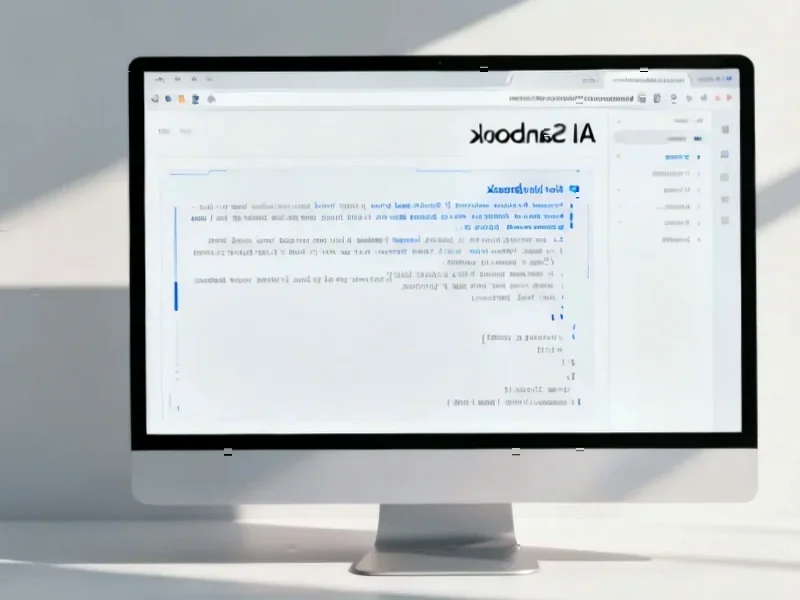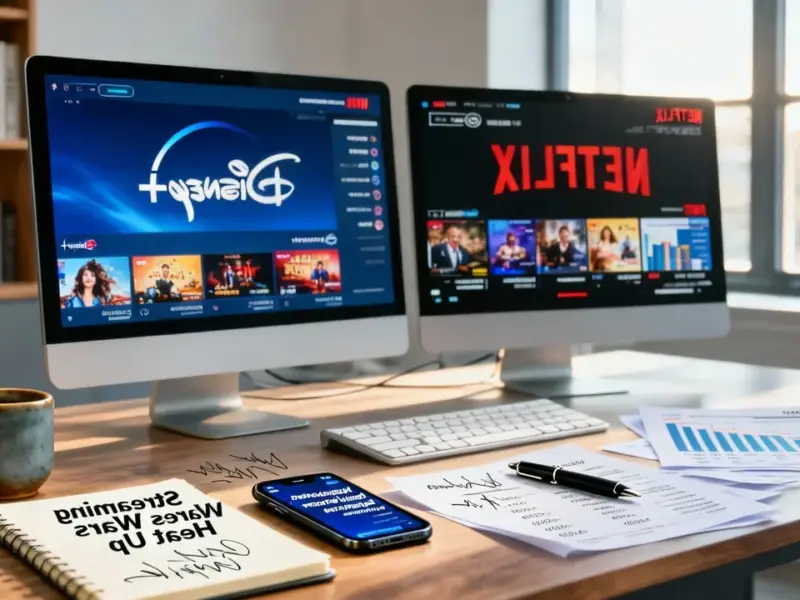According to TheRegister.com, Windows 10 is clinging to life with 41.71% market share in October despite Microsoft ending free support on October 14. Windows 11 has only reached 55.18% adoption, showing remarkably slow migration despite the security risks of running unsupported software. The situation contrasts sharply with Windows 7’s final days, when that OS held under 25% market share as its support deadline approached. Businesses clinging to Windows 10 must now pay for Extended Security Updates or use LTSC editions to receive security fixes. Microsoft’s strategy of strict hardware compatibility requirements for Windows 11 appears to be backfiring, with economic factors and hardware replacement cycles slowing adoption.
The stubbornness factor
Here’s the thing about enterprise IT: when you try to force upgrades, you often get the opposite reaction. Microsoft basically tried to use hardware requirements as a forcing function – if your computer wasn’t new enough, you couldn’t run Windows 11. But enterprises don’t like being told what to do, especially when it involves massive capital expenditures.
And let’s be real – Windows 10 works fine for most business tasks. Office apps, web browsing, legacy software – it all runs just as well on Windows 10 as it does on Windows 11. So why would companies rush to replace perfectly functional hardware just to get a slightly different taskbar and some cosmetic changes?
The ESU safety net
Microsoft’s Extended Security Updates program gives businesses an out. They can pay to keep getting security patches while they figure out their hardware refresh cycles. It’s expensive – we’re talking hundreds of dollars per device annually – but still cheaper than replacing entire fleets of computers prematurely.
This creates a weird dynamic where Microsoft essentially monetizes its own failure to convince users to upgrade. The company makes money from ESU subscriptions while waiting for natural hardware attrition to do what its persuasion couldn’t. Smart business move, but it does make you wonder about the actual value proposition of Windows 11.
Windows 11’s uphill battle
Remember when Windows 7 to Windows 10 migration felt relatively smooth? That’s because Microsoft made it easy – free upgrades, broad hardware compatibility, and clear benefits. Windows 11 flipped that script with its TPM requirements and CPU generation restrictions.
Now Microsoft is betting big on AI features to drive the next wave of upgrades. But honestly, how compelling are AI assistants really for the average office worker? Most businesses are still trying to figure out basic cybersecurity, let alone implementing cutting-edge AI workflows. Unless Microsoft can demonstrate clear productivity gains that justify the hardware investment, we might see this Windows 10 stubbornness continue for years.
The market has spoken, and the message is clear: forced upgrades don’t work. Companies will migrate when they’re ready, not when Microsoft says they should be. And right now, they’re just not ready.




